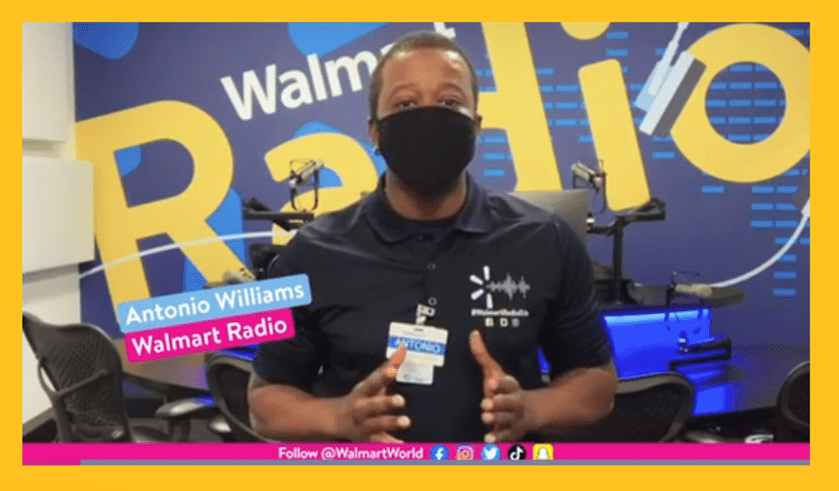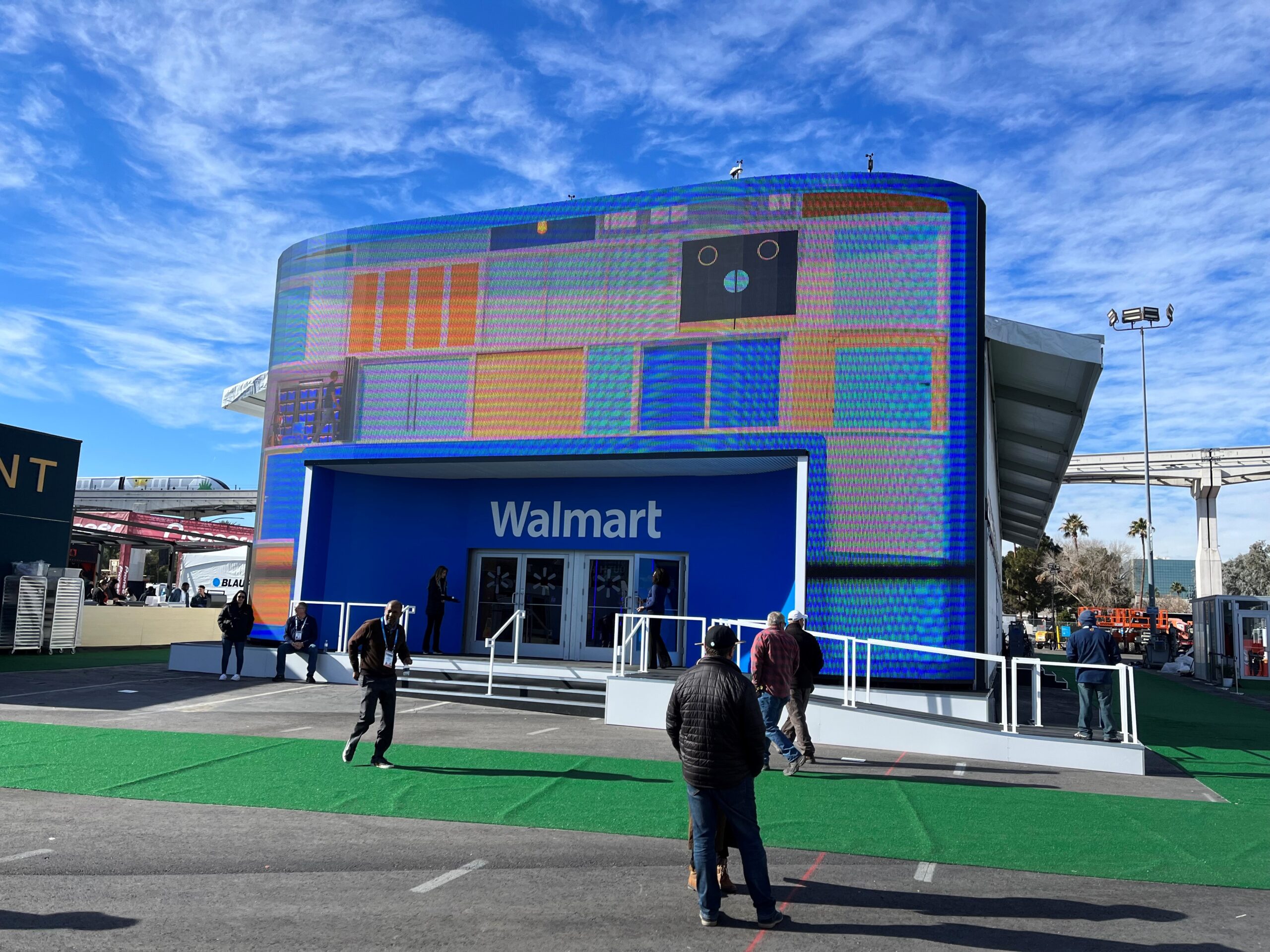
Picking up on yesterday’s theme – MYdia – it continues to be obvious we are living in the age of specialization. What else explains the existence of “Convenience Store News?”
In a story you won’t read in Inside Radio or Radio Ink, Angela Hanson gives us the facts behind a radio domination story:
7-Eleven Launches Major Expansion of Commercial Radio Network
And their version of iHeartMedia, of course, is 7-Eleven, the biggest brand in their system. While owned by a Japanese company now, the king of convenience stores continues to be headquartered in Irving, Texas.
7-Eleven was born way back in 1927, originally owned by the Southland Corporation. Today, they’re in more than 84,000 locations all over the U.S. and in 19 countries worldwide. Across the geography, that’s what economists and sales strategists refer to as “scale.”
So, how do you grow your revenue when you’ve been around nearly a century and your stores are literally everywhere?
Well, the obvious path is how you generate more sales per customer, especially when they’re actually inside a 7-Eleven store.
In the old days, maybe you’d use couponing, flyers, or even radio ads to get your messages to land while customers are close to being within a store’s four walls.
But today, it is now simple to reach shoppers right in the aisles at any 7-Eleven – via radio.
 But not the radio you and I are used to. 7-Eleven is another example of a retailer with their own radio station. In this blog, I’ve written about Walmart Radio, a station that is both B-to-B and B-to-C, entertaining both customers and store “associates” with live DJs at various times of the day.
But not the radio you and I are used to. 7-Eleven is another example of a retailer with their own radio station. In this blog, I’ve written about Walmart Radio, a station that is both B-to-B and B-to-C, entertaining both customers and store “associates” with live DJs at various times of the day.

FCC Chairwoman Jessica Rosenworcel
For 7-Eleven, it’s Gulp Radio, currently “on the air” inside 4,000 U.S. stores. And soon thumbing its corporate nose at deregulation limits and the FCC, this network of stations will soon be heard at more than 12,000 locations that will include all 7-Eleven, Speedway, and Stripes stores in the U.S.
The company originally launched the Gulp Media Network in 2022, and it is now the largest “coast-to-coast consumption retail media network” in America. Suffice it to say, they believe in radio. The numbers tell the story because they translate into results.
It turns out the average store (where fuel is sold) attracts approximately 1,100 customers per day. So, a little back-of-the-napkin math tells you the daily cume for Gulp Radio reaches more than 13 million shoppers a day.
 The concept is simple – Gulp Radio features ads and messages in stores, on gas pump TVs, via connected TV spots and CRM, as well as using display ads and social media posts. Their multi-media effort totally reaches their audience “where they are.”
The concept is simple – Gulp Radio features ads and messages in stores, on gas pump TVs, via connected TV spots and CRM, as well as using display ads and social media posts. Their multi-media effort totally reaches their audience “where they are.”
And to strengthen the connection to broadcast radio, the average time spent inside a 7-Eleven is…you guessed it, 3 minutes (and 33 seconds). So, Gulp Radio has about as much time to get the attention of a 7-Eleven shopper as the average radio station in a PPM market does to get credit for a quarter-hour of listening (as of January).
Of all the ways to reach the 7-Eleven customer, the radio conduit – Gulp Radio – is at the center of the company’s efforts. Main expansion plans with partner Qsic, an audio retail media platform, is to build out 7-Eleven’s radio network. When its programming is being played in stores, they enjoy a 5%-9% measurable sales lift. How’s that for Gulp Radio’s ROI?
Given that younger males – often members of Gen Z – are key target customers, using radio to reach them is just smart strategy. Mario Mijares, VP of marketing, insights, loyalty and monetization platforms at 7-Eleven confirms audio works:
insights, loyalty and monetization platforms at 7-Eleven confirms audio works:
“Qsic’s audio platform authentically connects with in-store customers to immediately drive measurable results for our brand partners. Qsic has already proven its value in our stores, we’re excited to extend our partnership with them throughout the U.S.”
What’s more, Qsic’s technology beats Interactive Advertising Standards by adjusting Gulp Radio’s volume by determining ambient noise levels in each store, ensuring the ads are heard by customers as they walk up and down 7-Eleven’s aisles.
As Qsic co-founder and CEO, Matt Elsley, points out, “Gulp Radio network has already driven significant results for advertisers by optimizing in-store assets to influence shoppers at the point of purchase. In-store retail media presents a huge opportunity for brands to drive more conversions, and 7-Eleven and Gulp Radio are at the forefront.”
You won’t be surprised to learn Gulp Media Network features a functional website that’s more than a brochure. It showcases customer engagement, data insights, and other features designed to attract and retain customers. The system is called ICE – or Immediate Consumption Ecosystem:

This suggests national retail chains like Walmart and 7-Eleven are getting increasingly more sophisticated about their point-of-purchase sales, analytics, and messaging.
They’re also validating the audio model in the form of their own radio stations in retail stores.
The next time a customer, client, retailer, or agency tells you that radio is passé or the credits are rolling on radio, you might want to remind them just how vital and current the basics of the radio model still are.
 These ventures at mega-retailers like Walmart and 7-Eleven beg the question why local broadcast clusters couldn’t offer similar “radio” products to hometown and regional businesses?
These ventures at mega-retailers like Walmart and 7-Eleven beg the question why local broadcast clusters couldn’t offer similar “radio” products to hometown and regional businesses?
There are companies that provide these services now, so “white label” versions might be available to industrious broadcasters looking to become more essential to local businesses. And it might prove a way for your station’s/cluster’s presence to reach an even broader audience of consumers.
Clearly, retail stores are becoming more sophisticated about customer reach, analytics, and media effectiveness, sharpening conversations between their owners and managers and radio reps. Understanding their expectations, goals, and attribution methods will be table stakes in the not-so-distant future of media marketing.
We saw a great deal of this on display at last year’s CES. If you recall our coverage of that event, you may remember a visit to the “Walmart House” (pictured) where their AI was on display, connecting customers to their brands and their use of tech to enhance the shopping experience.
their AI was on display, connecting customers to their brands and their use of tech to enhance the shopping experience.
This year’s Jacobs Media Tours at CES (just 7 weeks from today) will focus on the impact of AI on the business world and how radio can attain that special edge. Details here.
Meanwhile, we continue to see major brands continue to “sign on” their own radio stations. Maybe there’s something here for actual radio companies to consider.
Given the tepid broadcast radio outlook for 2025 I witnessed at Forecast last week…gulp…why not try something different?
Thanks to Dave Beasing, an avid reader of Convenience Store News. – FJ
Originally published by Jacobs Media









